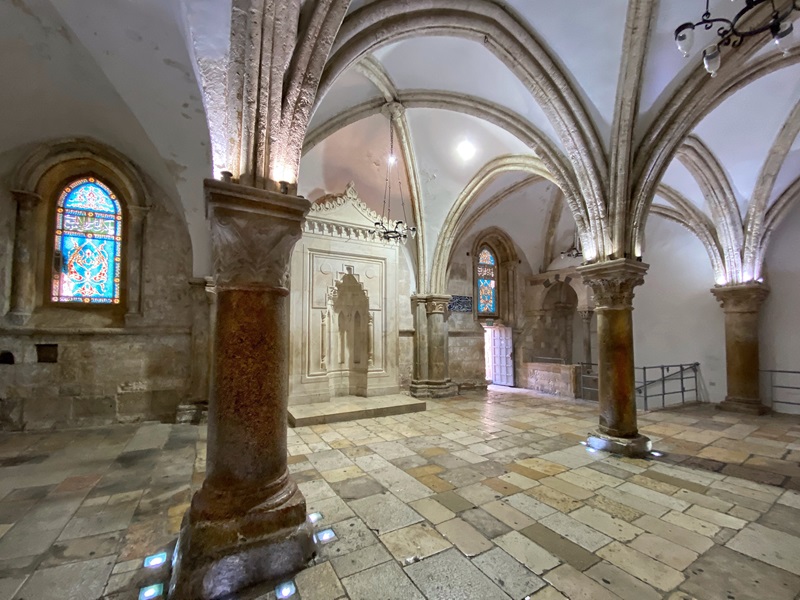Jordan River Baptism Site

Jesus’ traditional baptism site is serene location along the Jordan River near its estuary into the Dead Sea. It is one of the most important Christian pilgrimage destinations in the Holy Land, venerated since the 4th century AD.
History of the Baptism Site
Stretching approximately 200 km, the Jordan River holds great historical and religious significance, especially for Jews and Christians. In Christianity, the Jordan River is renowned as the baptism site of Jesus. While the New Testament lacks specific details about the location of Jesus’ baptism, it is traditionally associated with the vicinity of Jericho. Pilgrims began documenting visits to the site in the 4th century AD. Some accounts described a pillar in the water, topped by an iron cross, marking the “exact” baptismal spot. Monasteries and fortified road stations catered to pilgrims journeying from Jerusalem to the holy site. The remains of some of them are visible to this day. In the late 20th century, the Baptism site became divided between Israel and Jordan. However, following the Israel-Jordan peace accord 1994, both countries developed and opened the site to the public.
Touring the Baptism Site
Known also as “Qasr El-Yahud,” Israel’s Nature Parks Authority maintains the Jordan River Baptism site near Jericho. It is open every day of the week, 8:00 to 17:00, free of charge. A narrow-paved road passing through former minefields reaches the place, a stark reminder of past conflicts between Israel and Jordan. Aside from the safe and comfortable access, the national park provides baptismal gowns, public showers, and changing rooms for those wishing to participate in baptism ceremonies.
A tour of the Baptism Site can be combined with a guided day tour of the Dead Sea.
“Baptism at the Jordan River Baptism site is a powerful and transformative experience” (Danny “the Digger” Herman)











